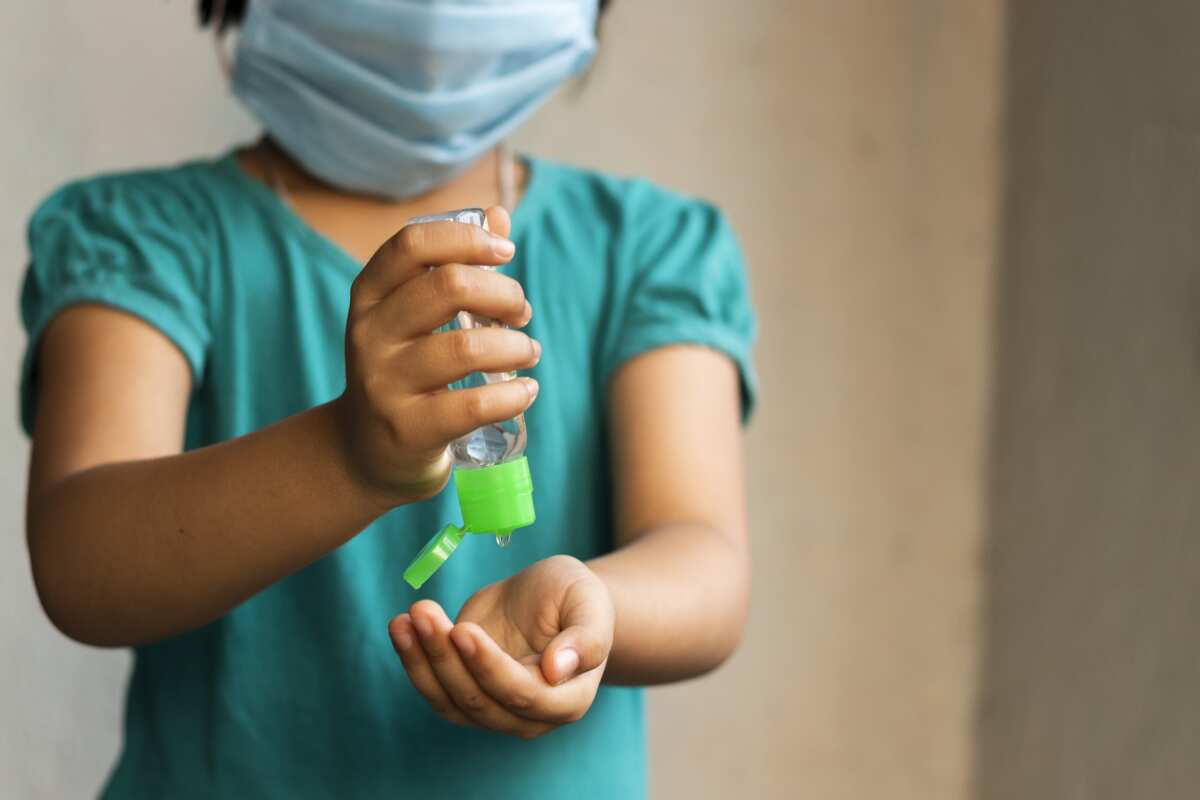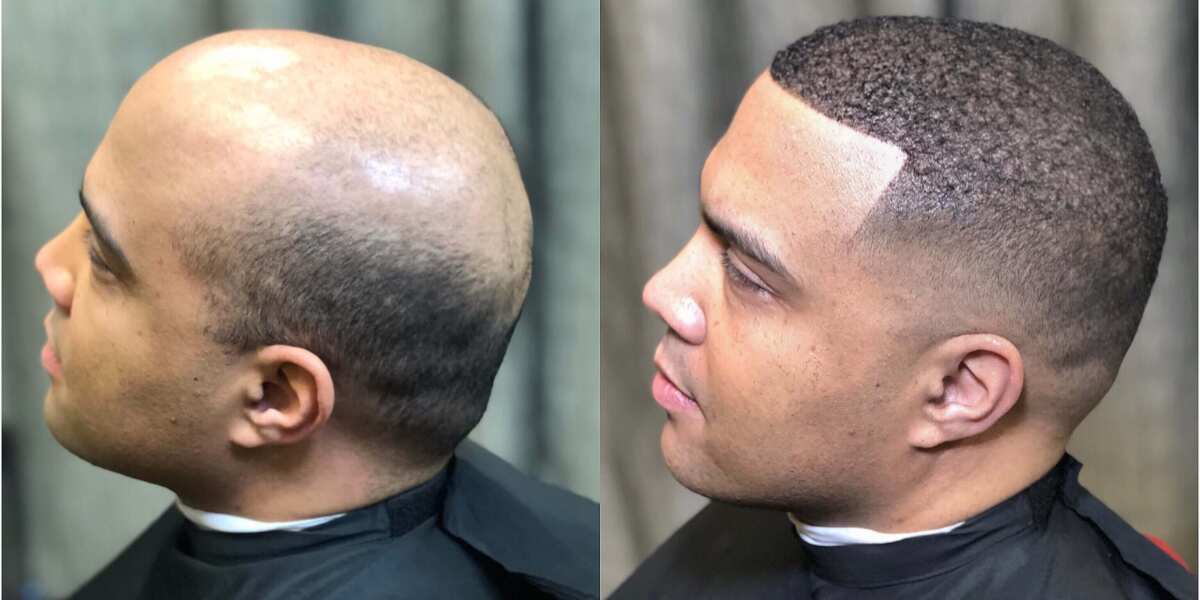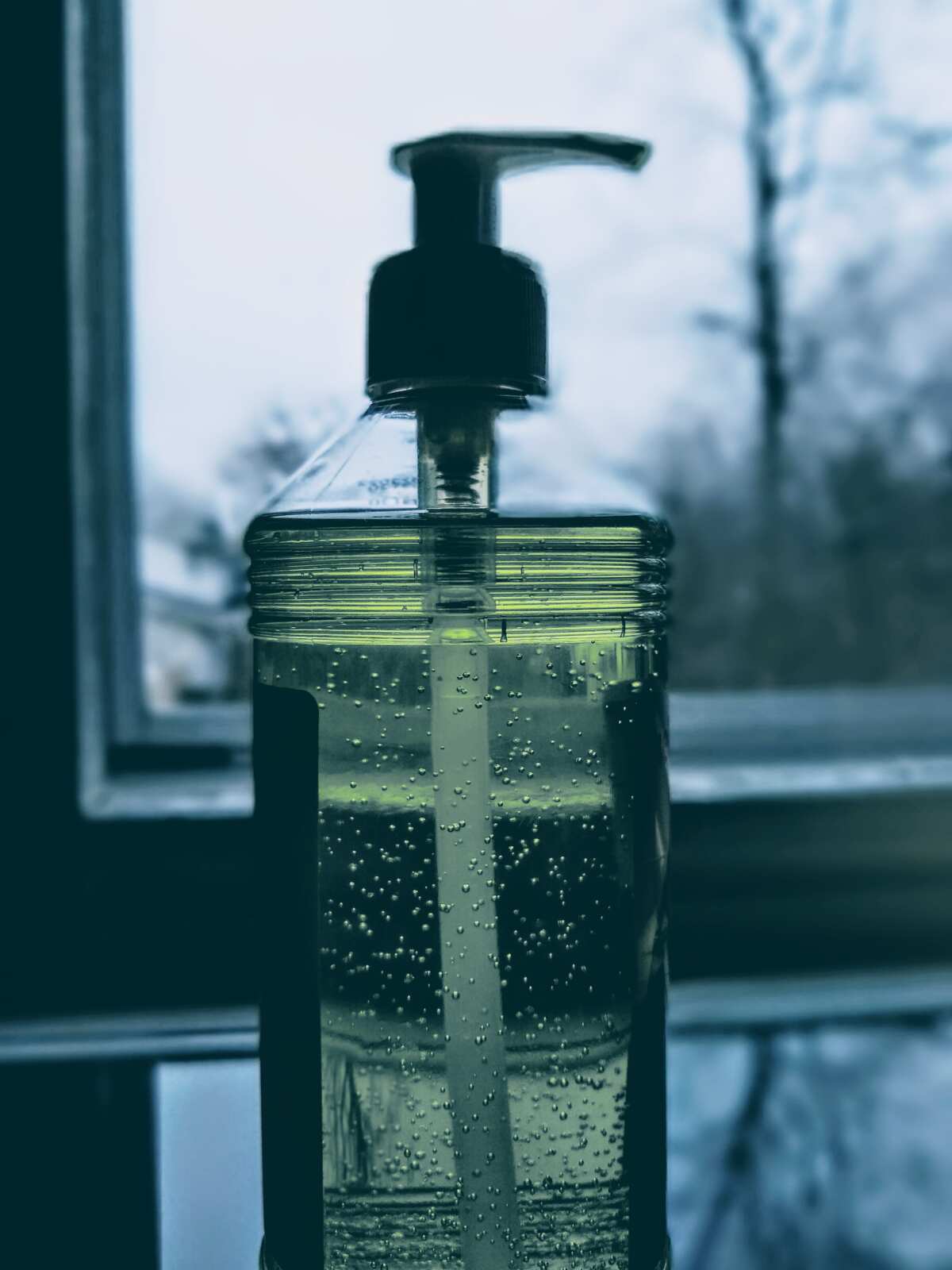Unless you have been living under a rock, you know how valued hand sanitizer is right now. And while it may be easy to find this commodity right now, the situation was not the same a few months ago, when the coronavirus pandemic began. As hand sanitizer prices went up, so did people's creativity and willingness to learn how to make hand sanitizer at home.

The onset of the coronavirus pandemic, experienced in early 2020 in most parts of the world, ushered in the dawn of empty shelves in many supermarkets and stores worldwide. While food shelves and tissue shelves were the first to be emptied, another commodity also became scarcer than hen's teeth. Hand sanitizer, the product that was once overlooked, now became the most sought after item in the world.
Although the situation has calmed a bit now, there was a time when you could not find hand sanitizer in any shops, and if you did, they would cost you an arm and a leg. Enter- DIY hand sanitizer.

Read also
See how these bald-headed men are getting back their hair without stress as they give baldness a bloody nose (photos)
Once the world knew that one can actually make their own hand sanitizer at home, the game changed. But, inasmuch as making your own homemade hand sanitizer may seem pocket-friendly, did you know that there are strict instructions you need to follow when making this product, lest it becomes useless?
Take a look at our hand sanitizer recipes that will teach you not only how to make homemade hand sanitizer spray and gel hand sanitizers, but that will also give you the WHO recommended formula for local production of the commodity.
How to make hand sanitizer gel
How do you make hand sanitizer gel? To make hand sanitizer gel, follow this simple recipe.
Tools
- Bowl and spoon
- Funnel
- Bottle with pump dispenser
What are the ingredients of hand sanitizer?
- 2/3 cup 99 percent rubbing alcohol (isopropyl alcohol) or ethanol
- 1/3 cup aloe vera gel
- 8 to 10 drops essential oil, optional

Read also
Ladies with big thighs, fat hips will live longer, these are the people who won't - Study shows

Steps
How to make hand sanitizer spray
For DIY hand sanitizer spray, follow this recipe
Tools
- Measuring cup
- Measuring spoons
- Whisk
- Empty spray bottles
Ingredients
- 1 cup of 99% isopropyl alcohol
- 1 tablespoon of 3% hydrogen peroxide
- 1 teaspoon of 98% glycerin
- ¼ cup (or 65 milliliters) of sterile distilled or boiled cold water

Steps

Read also
Lifestyle: 8 superb clothing hacks that'll change your life
Large scale production - How to make 10 litres of hand sanitizer
The following two alcohol-based handrub formulations are recommended for preparation in-house or in a local production facility, up to a maximum of 50 litres:
- Formulation 1: To produce final concentrations of ethanol 80% v/v, glycerol 1.45% v/v, hydrogen peroxide (H2O2) 0.125% v/v.
- Formulation 2: To produce final concentrations of isopropyl alcohol 75% v/v, glycerol 1.45% v/v, hydrogen peroxide (H2O2) 0.125% v/v.
NB: Only pharmacopoeial quality reagents should be used (e.g. The International Pharmacopoeia) and not technical grade products.

Reagents required
- Formulation 1: Ethanol 96%, Hydrogen peroxide 3%, Glycerol 98%, Sterile distilled or boiled cold water
- Formulation 2: Isopropyl alcohol 99.8%, Hydrogen peroxide 3%, Glycerol 98%, Sterile distilled or boiled cold water
Recommended quantities
- Formulation 1: Ethanol 96%: 8333 ml; Hydrogen peroxide 3%: 417 ml; Glycerol 98%: 145 ml
- Formulation 2: Isopropyl alcohol 99.8%: 7515 ml; Hydrogen peroxide 3%: 417 ml; Glycerol 98%: 145 ml

Read also
Brilliant boy from the east builds ATM, onlookers stunned as machine dispenses cash (photos, video)
Tools
- 10-litre glass or plastic bottles with screw-threaded stoppers OR 50-litre plastic tanks (preferably in polypropylene OR high-density polyethylene, translucent so as to see the liquid level) OR Stainless steel tanks with a capacity of 80–100 litres (for mixing without overflowing)
- Wooden, plastic, or metal paddles for mixing
- Measuring cylinders and measuring jugs
- Plastic or metal funnel
- 100 ml plastic bottles with leak-proof tops
- 500 ml glass or plastic bottles with screw tops
- An alcoholometer: the temperature scale is at the bottom and the ethanol concentration (percentage v/v) at the top
Steps
- The alcohol for the formula to be used is poured into the large bottle or tank up to the graduated mark.
- Hydrogen peroxide is added using the measuring cylinder.
- Glycerol is added using a measuring cylinder. As glycerol is very viscous and sticks to the wall of the measuring cylinder, it should be rinsed with some sterile distilled or cold boiled water and then emptied into the bottle/tank.
- The bottle/tank is then topped up to the 10-litre mark with sterile distilled or cold boiled water.
- The lid or the screw cap is placed on the tank/bottle as soon as possible after preparation, in order to prevent evaporation.
- The solution is mixed by shaking gently where appropriate or by using a paddle.
- Immediately divide up the solution into its final containers (e.g. 500 or 100 ml plastic bottles), and place the bottles in quarantine for 72 hours before use. This allows time for any spores present in the alcohol or the new/re-used bottles to be destroyed.

Read also
Singer Taylor Swift gifts Katy Perry’s new daughter an adorable blanket (photos)

Final concentrations
- Formulation 1: Ethanol 80% (v/v), Glycerol 1.45% (v/v), Hydrogen peroxide 0.125% (v/v)
- Formulation 2: Isopropyl alcohol 75% (v/v), Glycerol 1.45% (v/v), Hydrogen peroxide 0.125% (v/v)
Points to note
- Glycerol is used as a humectant, but other emollients may be used for skincare, provided that they are cheap, widely available, and miscible in water and alcohol and do not add to toxicity, or promote allergy.
- Hydrogen peroxide is used to inactivate contaminating bacterial spores in the solution and is not an active substance for hand antisepsis.
- A colorant may be added to allow differentiation from other fluids, but it should not add to toxicity, promote allergy, or interfere with antimicrobial properties. The addition of perfumes or dyes is not recommended due to the risk of allergic reactions.
Did you ever imagine that learning how to make hand sanitizer would be so simple? Hopefully, this guide has answered all your questions about making homemade hand sanitizer. Remember, inasmuch as hand sanitizer is effective, nothing beats good old handwashing.

Read also
Activated carbon face mask: a step-by-step recipe
READ ALSO: How to make liquid soap: A step-by-step guide with visuals
Legit.ng recently published a helpful DIY guide on how to make liquid soap at home. The guide includes recipes for making liquid soap for home cleaning as well as liquid soap for handwashing.
If you have been looking for a straight forward guide on how to make liquid soap at home, then this guide is all you need.
DISCLAIMER: This article is intended for general informational purposes only and does not address individual circumstances. If a reader clicks on our advertising partner links within our platform, we may receive a referral fee. Our team will never mention an item as the best overall product unless they believe it is the best option. Compensation does not direct our research or editorial content and in most cases does not impact how our listing articles are written. It is not a substitute for professional advice or help and should not be relied on to make decisions of any kind.
Source: Legit.ng
ncG1vNJzZmivp6x7rbHGoqtnppdkfnSCmGxubmWYpMRutMCnm2arkaO2tbXZnqlmn5WherS80ZqwZqCforJurYysoKaonJp6s7HCoqeeZpipuq0%3D